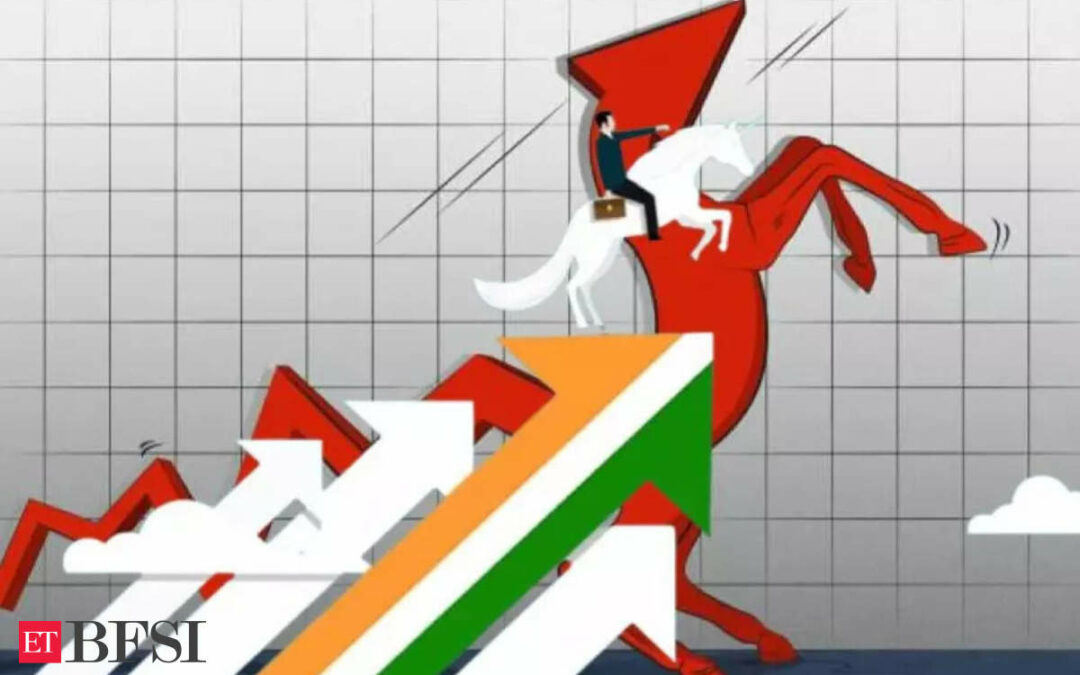The MPC on 9th October 2024 adopts a “neutral” stance in its monetary policy which typically means that the central bank is neither actively tightening nor loosening monetary conditions. It suggests that the central bank believes that the current monetary policy settings are appropriate for the prevailing economic conditions. However, the RBI may need to adjust its stance in response to changing economic circumstances. Factors such as global economic conditions, geopolitical tensions and domestic supply-side issues can influence the RBI’s monetary policy decisions in the remaining fiscal year.India’s retail inflation rose to a nine-month high in September due to higher food prices. Annual retail inflation, based on the All India Consumer Price Index (CPI), rose to 5.49% in September, higher than 3.65% in August. This is the highest retail inflation rate since December 2023. The higher-than-expected September inflation further strengthens the case that the RBI will need to remain vigilant. Foresighting, the food and beverages inflation will certainly print above the 8.5%-mark again for October 2024. Some vegetables have already shown a spike in their retail prices in early October, including onions and tomatoes, which have touched a 12-month high. Overall, the upside delight to inflation does prompt to delay of a rate cut call into 2025.The current geopolitical tensions, particularly between Russia and Ukraine, have significant implications for global energy markets, including oil prices. International crude prices have become volatile in month of October. If Russia continues to restrict its oil exports or faces sanctions that limit its ability to sell to global markets, it could lead to a tighter global supply, driving up prices. The uncertainty surrounding Russian oil exports can increase price volatility, making it difficult for Indian refiners and consumers to plan ahead. Furthermore, as some countries reduce their reliance on Russian oil, they may seek alternative supplies, including from India. This increased demand could put upward pressure on prices. The geopolitical risks associated with the conflict could lead to a “risk premium” being added to oil prices, reflecting the increased uncertainty and potential supply disruptions.Additionally, the geopolitical tensions impacting global oil prices can also have a significant indirect impact on food inflation in India. Here’s how:
Higher oil prices eventually lead to increased transportation costs for both food and agricultural inputs. This can result in higher prices for consumers. Many fertilizers are derived from petroleum-based products. Rising oil prices can increase the cost of producing fertilizers, which in turn affects the cost of agricultural production. The food industry relies heavily on energy for processing, storage and transportation. Higher energy costs can contribute to higher food prices. Geopolitical tensions can lead to trade barriers and disruptions in global supply chains, affecting the availability and prices of certain food items.
Alongside, the main component from the supply side, i.e. manufacturing is showing signs of slowdown. To improve the ease of doing business and boost the manufacturing sector PMI – currently at 56.5 for September; the government must consider implementing or improving certain policies such as rolling out a single window clearance system to streamline the process of obtaining permits and licenses. Digitizing government services to reduce paperwork and expedite processes. Introducing flexible labour laws to improve the ease of hiring and firing employees. Additionally, building robust infrastructure, logistics hubs and reduction in GST could further bolster the sector’s growth.
The decision to keep the repo rate unchanged for the 10th consecutive time might not be entirely positive for inflation levels. It may provide certainty and stability in the economy, it may not be sufficient to address underlying inflationary factors. If inflation continues to rise amid the festive season ahead, the RBI might need to take more aggressive measures, such as raising interest rates, to cool down the economy and reduce demand-pull inflation. Overall, the much-anticipated rate cut could be delayed until 2025 unless the economy delivers a blockbuster performance in the next quarter of this fiscal.
Conversely, the Central bank has returned to a ‘neutral stance’ after a full 5 years & 4 months. So this is not without significance. Having said that, the first scenario is a rate cut happening in February 2025. If the headline inflation falls towards the core as it is anticipated to be then there may be a very shallow rate cut, somewhere around 25 basis points, and that’s what RBI seems to be preparing for. However, this outlook is clouded by significant uncertainties, especially edging to geo-strategic tensions that could suddenly drive up oil prices.
In fact, there is a risk that it can be delayed further to April also, which is the second scenario. If the growth numbers remain more welcoming and RBI actually decides to wait for the inflation numbers to fall to 4% and stay there rather than work on the basis of visionary inflation to meeting to 4%. Then the situation is going to be quite precarious.
The Indian economy is a tandem with growth and inflation. The actual GDP growth has to meet the projection by RBI, for this stance to endorse the move. However, the street is trying to be even lower than the 7% growth forecast. The primary reason is that the June to September quarter hasn’t actually seen the kind of pickup that was anticipated after the April-June quarter was distorted by the election and heatwave. RBI too has validated that by reducing their own number from 7.2% to 7% GDP growth for this particular quarter. However, it raised its forecasts for the remaining two quarters of the year, keeping the overall annual growth forecast unchanged. The critical underlying factor here is government expenditure. The central government’s public capex for the remaining year has to grow at around 45%. If such spending occurs then clearly the GDP growth numbers will look better but if the government is unable to spend at that pace there is a downside risk to the GDP numbers.
The other risk that is pertinent in the current situation is urban consumption, whereas per the data, there are some signs of softness. Second is the GST payment growth rate, which again plummeted by 6.5% for September. GST revenues for the coming months will have to be closely watched, as they are a key indicator of economic growth and are closely tied to GDP performance.
Disclaimer: Views are personal and carry no affiliation to any institute.











